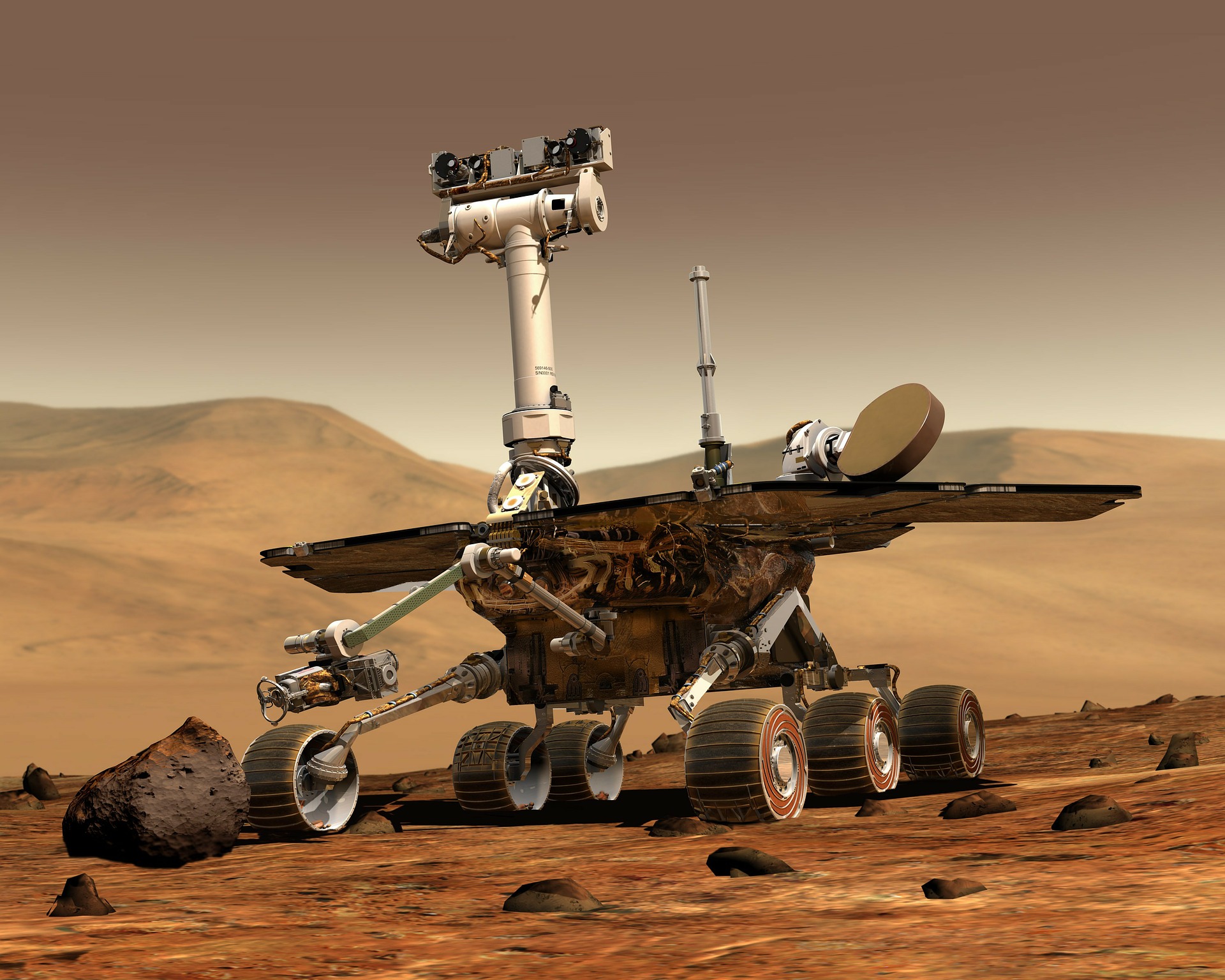Hubble captures ESO 300-16 galaxy in our neighborhood, 28.7M light-years away
The NASA/ESA Hubble Space Telescope has surprised astronomers again by sending them another mesmerizing image of a small irregular galaxy ESO 300-16, located 28.7 million light-years away in the Eridanus constellation. This fantastic image, captured through Hubble’s Advanced Camera for Surveys (ACS), reveals a galaxy composed of numerous tiny stars forming an integrated cluster, enveloped by a subtle glow. Distinctively, the core of ESO 300-16 shelters a impressive bubble of blue-hued gas, according to NASA.
Astronomers are fascinated by the nature of ESO 300-16, where celestial bodies converge within an ethereal mist, resembling a glistening cloud within the cosmos. The classification of this galaxy as a dwarf irregular galaxy, characterized by a cluster of stars that imitates a sparkling haze, has garnered significant interest within the scientific community.
As the 33-year old Hubble broadens its investigation to include the galaxies neighboring our own, approximately seventy-five percent of the galaxies believed to be present within a 10-megaparsec span from Earth have been subject to the precise observation of the Hubble, granting the ability to identify their radiant constellations and determine their distances. The remaining twenty-five percent of these nearby galaxies present an opportunity for deeper exploration, inviting us to gain further understanding of the cosmic harmonies enveloping our existence.
Significantly, in our quest for comprehending the cosmos, we employ the notion of megaparsecs—an astronomical measure that sheds light on the immense expanses of the universe. Amidst Earth’s intricate orbital dance around the Sun, stars subtly reveal minute deviations relative to their distant companions throughout a year. This phenomenon, known as parallax, is akin to a celestial minuet. A parsec, a unit of cosmic measurement, akin to a one-arcsecond parallax, equates to a remarkable expanse of 3.26 light-years or a staggering 30.9 trillion kilometers.
Galaxies like ESO 300-16, although small, but rich with active star formation, possess significant implications for our understanding of the universe’s development. These cosmic puzzles provide valuable perspectives on the complex orchestration of how galaxies come together and stars are born, thereby enhancing our grasp of the universe’s cosmic performance.
This observation is one of a series which aims to get to know our galactic neighbors, according to NASA astronomers.


